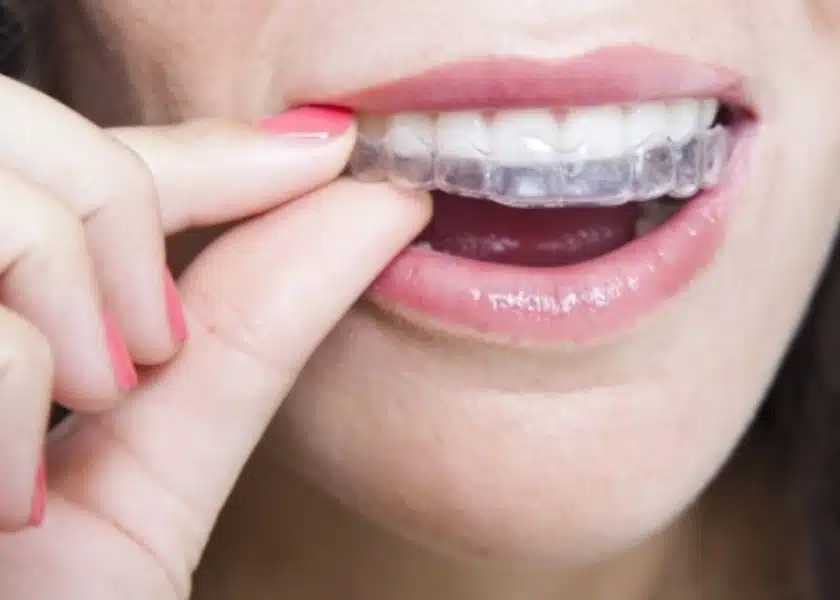Understanding Invisalign and Potential Pain
Invisalign is designed to gradually straighten teeth alignment, and it may cause mild pain, especially in the initial stages of use. According to insights from Diamond Dental, the likelihood of experiencing pain is most significant within the first week of using these invisible teeth aligners. It’s crucial to note that individual pain tolerance varies, and some users may not experience any pain at all.

Does Invisalign Hurt in the First Week
Any pain or discomfort associated with Invisalign is typically temporary, with the highest risk occurring during the first week of adapting to the new aligners. A study conducted in 2005 found that 83 percent of invisible aligner users became accustomed to dental aligners within just one week.

The Amount of Pain
Pain in One Tooth
Duration of Pain and a Comparison with Braces
Identifying Concerns and Managing Pain
- Bleeding teeth or gums
- Hot or cold sensitivity
- Pain when eating, drinking, or swallowing food
- Pain accompanied by facial swelling
Strategies to Alleviate Pain
For those finding the pain uncomfortable, several strategies can be employed:
- Use Dental Wax: Applying dental wax to the top edges of aligners, where roughness may occur, can help reduce friction and alleviate gum pain.
- Over-the-counter Medications: Consider over-the-counter pain relievers such as acetaminophen (Tylenol), ibuprofen (Advil), or aspirin for pain relief. Consult with a healthcare professional to ensure compatibility with other medications or underlying medical conditions.
- Modify Eating Habits: For pain isolated to one tooth, avoid placing pressure on that side of the mouth while eating until the discomfort subsides.
- Keep Aligners In: Ensure aligners are worn for at least 22 hours a day, following orthodontist recommendations. While tempting to remove aligners when in pain, doing so may decrease overall pain tolerance to the trays.
When to Seek Professional Assistance
If pain persists beyond a week of using new aligners or worsens with each cycle, users should contact their orthodontist. Orthodontists can make adjustments to the aligners, such as filing down top edges, irritating. While mild discomfort during each tray change is expected, a worsening pattern may indicate the need for professional intervention.
For more questions related to “Does Invisalign hurt?” connect with our experienced dentist at Diamond Dental, Bellingham, WA. Schedule your appointment effortlessly online or give us a call at (360) 516-4610 if you’re a new patient. All other callers can reach us at (360) 734-1999. Your path to a comfortable and confident smile starts here!








